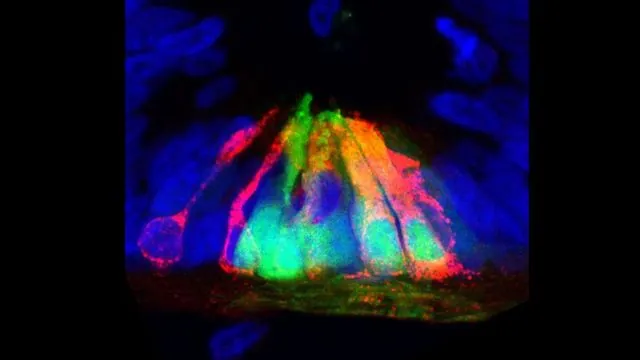
Unveiling the Secrets of Supernova Explosions: Groundbreaking Simulations Pave the Way for Future Discoveries
2024-11-20
Author: Wei Ling
Introduction
As massive stars approach their end, they undergo a fascinating transformation that leads to one of the universe's most powerful events: a supernova explosion. Stars ranging from 10 to 30 times the mass of our sun culminate their life cycle by forming an iron core, which eventually collapses into a neutron star. This dramatic implosion unleashes a staggering amount of gravitational energy, predominantly in the form of neutrinos, triggering a shockwave that obliterates the star.
The Role of Shockwaves
The shockwave, moving faster than the speed of sound, plays a pivotal role in shaping the supernova event. When it reaches the star's surface, the energy within the shockwave diffuses, resulting in a dazzling and transient bright flash—known as the "supernova shock breakout." This initial flash typically lasts several hours, predominantly emitting radiation in X-rays and ultraviolet wavelengths, preceding the more familiar visible light display of a supernova. For astronomers, this breakout flash could serve as an early warning signal for impending supernova explosions.
Research Insights
Recent research published in *The Astrophysical Journal* has delved into the intricacies of this phenomenon, focusing on the renowned supernova 1987A—a stellar explosion that revolutionized our understanding of cosmic explosions when it was first observed in 1987. The study sheds light on how the environment surrounding the progenitor star significantly influences the characteristics of the breakout flash, providing insights into the circumstellar medium and the star's mass loss history.
Advanced Simulations
Crunching the numbers through advanced multi-dimensional simulations, researchers found that fluid instabilities created during the shock breakout enhance both the brightness and duration of the flash, marking a significant departure from previous one-dimensional simulations. This breakthrough fundamentally alters our perspective on the behaviors of shock breakout signals in supernovae.
Expert Opinions
"The interplay between radiation precursors and surrounding materials is vital in generating the shock breakout signal," explains Wun-Yi Chen, the lead author of the paper. In a concerted effort with his colleagues, they argued that the conventional one-dimensional models fail to capture the complexities revealed in their simulations.
Co-author Dr. Masaomi Ono from ASIAA elaborates, emphasizing the need for multi-dimensional modeling in understanding supernova signals. "This research illustrates that even in spherical explosions, shock breakout signals can dramatically differ when analyzed through a two-dimensional lens," he stated.
Future Prospects
As we gear up for the next generation of space telescopes, which will target X-ray and ultraviolet observations of supernovae, this pioneering research provides a crucial reference point for astronomers. Dr. Ke-Jung Chen, the head of the research team, highlighted the exciting prospects ahead: "With improved observational capabilities, we will not only expand our understanding of supernovae but also untangle the final stages of massive stars' evolution."
Conclusion
The universe holds many mysteries, and with advancements like these, we're one step closer to decoding the powerful explosions that illuminate our night sky. Keep watching the stars—who knows what cosmic discoveries await us next!



 Brasil (PT)
Brasil (PT)
 Canada (EN)
Canada (EN)
 Chile (ES)
Chile (ES)
 España (ES)
España (ES)
 France (FR)
France (FR)
 Hong Kong (EN)
Hong Kong (EN)
 Italia (IT)
Italia (IT)
 日本 (JA)
日本 (JA)
 Magyarország (HU)
Magyarország (HU)
 Norge (NO)
Norge (NO)
 Polska (PL)
Polska (PL)
 Schweiz (DE)
Schweiz (DE)
 Singapore (EN)
Singapore (EN)
 Sverige (SV)
Sverige (SV)
 Suomi (FI)
Suomi (FI)
 Türkiye (TR)
Türkiye (TR)